Most cyclists begin their biking journey on relatively simple machines. Some riders get their hands on BMX bikes as kids, others spend their high school and college years commuting on road or hybrid bikes.
There are plenty of folks in the mountains who grow up with full-suspension rigs that can handle the most demanding trails, but even then, there is so much nuance to bicycle suspension that it is tough for riders to really dial the perfect bike for their specific needs after launching full-tilt into mountain biking.
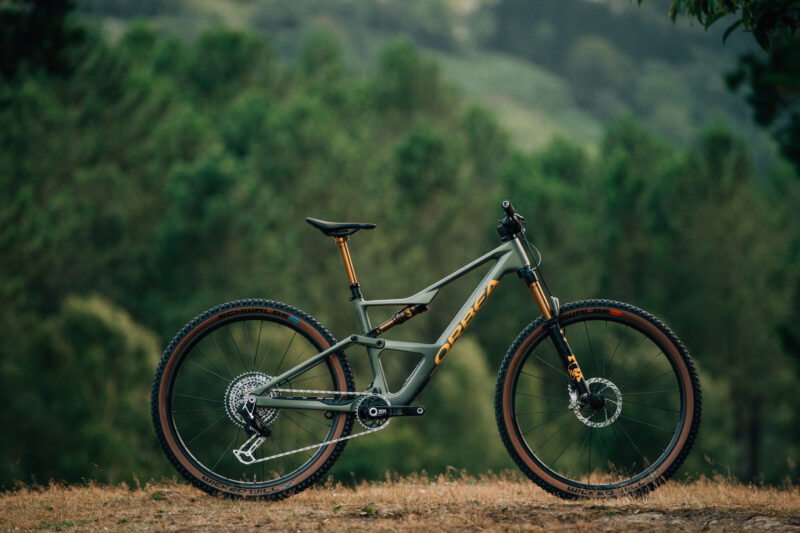
Orbea is among the top bike brands that offer a stacked collection of mountain bikes ranging from entry-level hardtails, to XC race bikes, and up to long-travel downhill crushers.
While high-end bikes are always something to salivate over, finding the bike with the best suspension features for a particular rider requires a bit more of an understanding what different travel amounts look like, and how they function.
We’ll go through different Orbea models and their different amounts of travel to highlight where each bike, and suspension style, would thrive or struggle.
XC and Downcountry suspension
Cross Country mountain bikes and their newer, slightly longer-travel “downcountry” brethren are typically characterized by frames built with efficiency in mind paired with short travel suspension.
Most cross country race bikes utilize front and rear suspension ranging from around 80mm up to 120mm on the higher end. Downcountry bikes are among the newer and more controversial bike styles hitting the market recently. They incorporate suspensions with slightly more travel than pure XC bikes and an overall package that draws from XC bike design, but with a little more emphasis on comfort and capability in more technical terrain.
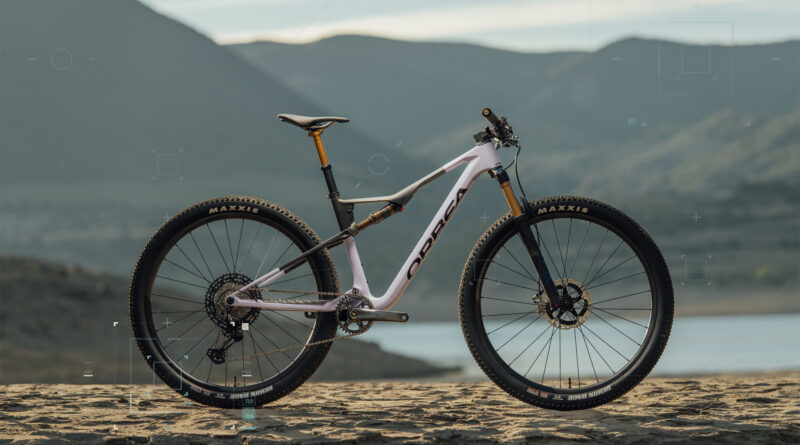
Still, the focus here is more on efficiency, weight and quickness, where trail bikes and those with even more travel prioritize strength, durability, and getting enough travel to cushion big hits. Many of these bikes see travel around 115 to 130.
The Orbea Oiz is a perfect example of this lower-travel suspension. The Oiz is a race bike common on the world tour circuit, but usually comes with 120mm of travel. That often makes it one of the longer-travel bikes on the world tour XC stage.
But in practice, longer travel XC bikes like the Oiz still can perform extremely well given their lightness. In a more technical XC race course, slightly longer travel can even be preferred to help smooth out chunk. Whether a pure XC race bike or downcountry model, riders can expect similar things from bikes ranging from the 80mm to 120mm travel range.
First, these bikes will be great climbers. Since there is not much travel to move through, pedal strokes are much more efficient. Less travel also means shocks and forks themselves are significantly lighter than their longer-travel counterparts, which translates to more speed, especially over less technical terrain.
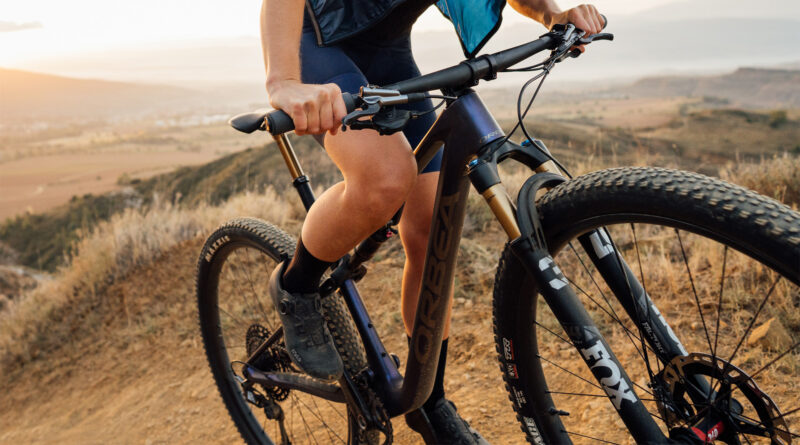
The problem with these types of bikes is that when terrain does become technical, riders tend to feel a lot more of the trail radiating through the suspension and bike and into their bodies.
After a while in the saddle, they can begin to feel a bit unforgiving.
But for those on these types of rigs, that peak efficiency is exactly the point. Many ultra-endurance riders and folks who spend upwards of six to eight hours on a mountain bike will opt for something more in the downcountry category to provide a little bit more comfort, without sacrificing too much efficiency.
Trail bike suspension
When riders hear terms like fun, snappy, and playful, most folks will usually be referring to a trail bike. These bikes usually have suspension with travel ranging from 130mm to 150mm and geometry that makes them playful and confidence-inspiring while going downhill and hitting features like jumps and drops.
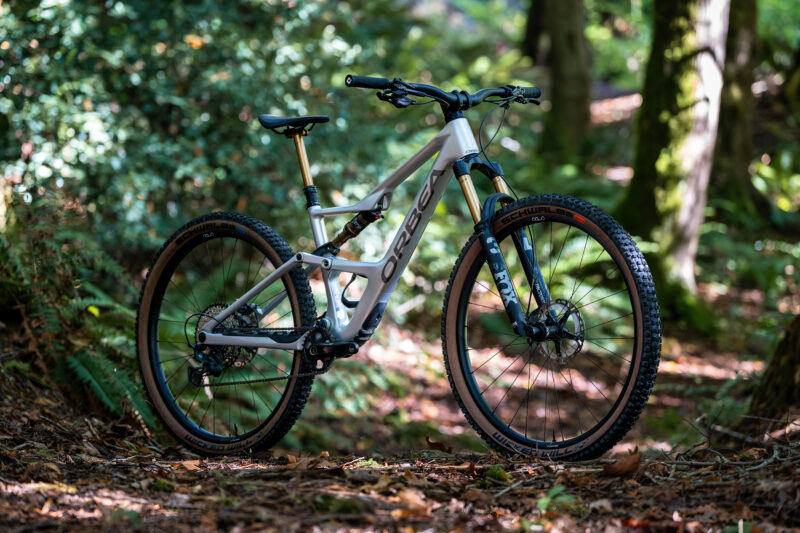
Trail bikes tend to weigh more than XC and downcountry models, but they typically have a wider tire clearance, and beefier shocks and forks for more aggressive riding and larger trail features.
Orbea’s Occam models fit firmly into this category, but they also show how tiered suspension brackets based solely upon travel don’t tell the whole story.

For example, the Occam SL offers 140mm front and rear travel, while the Occam LT offers a beefed up suspensions with 150mm in the rear and 160 up front. Orbea still bills the bike as a “trail” model, but it definitely sits on the far end of that designations. Other factors like geometry also play an important role in how a bike handles on the trail. That leads to crossover among the different tiers.

On each model though, longer travel suspension found on trail bikes cushions blows from large roots and rocks, but does not compress so much that riders feel extremely bogged down while pedaling uphill. These bikes are meant to sit in the sweet spot between descending and ascending that makes both as comfortable and effortless as possible.
Enduro bike suspension
Enduro bikes are designed specifically to go downhill over technical terrain with ease but also offer a stable enough platform and firm enough suspension to allow riders to go uphill, at least in shorter bursts, comfortably.
These bikes take their name from enduro racing, in which race officials time riders on downhill segments. While riders still must traverse and climb between those segments, those sections of the trail are not timed, so it doesn’t really matter how fast riders climb. Therefore, downhill features take priority.
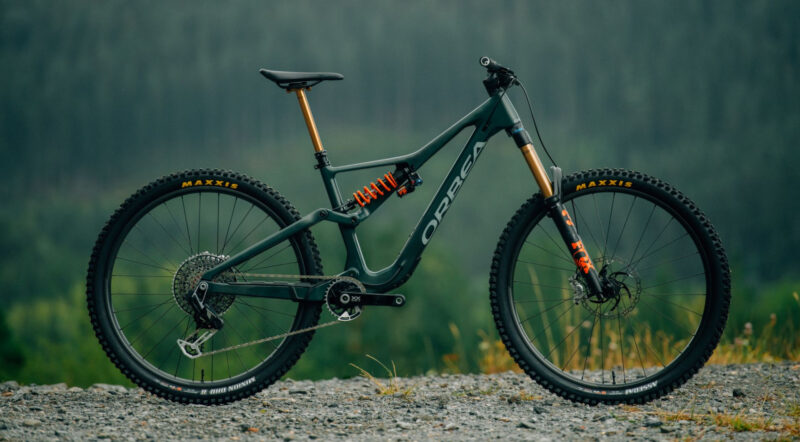
Orbea’s Rallon fits into this category. Billed as an enduro or park bike, the Rallon packs 170mm of travel up front, with 167 in the back, it also comes in a 29/27.5 inch wheel mullet option.
These bikes are extremely versatile and popular for those who have access to downhill parks or trail systems with fun, technical descents, but who still use their bikes for trail riding.
While descending, bikes with this level of travel feel extremely well planted on the ground. Longer travel helps keep the wheels glued to the ground, allowing riders to feel grip and confidence while speed down a mountain.
Going up, however, they can tend to feel sluggish and have a tell-tale bounce or flex that zaps energy and efficiency. Folks with these bikes typically won’t enjoy climbing over longer periods of time, but those downhills usually make any ascent worth it.
Downhill
Downhill bikes stay true to their name. Their designs beg to point downhill over extremely technical terrain, big jumps or drops, but absolutely do not not fair well when climbing, or, really, when pedaling on anything even remotely flat.
For riders who live adjacent to a lift-assisted bike park, or do all of their riding at one, these bikes make for a fast, fun, and comfortable machine to charge downhill. THe extreme levels of travel mean that even larger rocks, rocks and other trail obstacles feel more like pebbles under the tires.
Final thoughts
Before deciding on the right bike, riders should spend a good deal of time considering how, where, and why they ride. All too often, riders tend to go for bikes that match their aspirations, rather than their actual ability or local environment. Having the right bike for the terrain in a particular community or that matches or enhances a raiders ability can make riding much more fun.
Likewise, the wrong bike can leech the joy out of riding.
This post is sponsored by Orbea. Learn more about Orbea bikes at Orbea.com.
